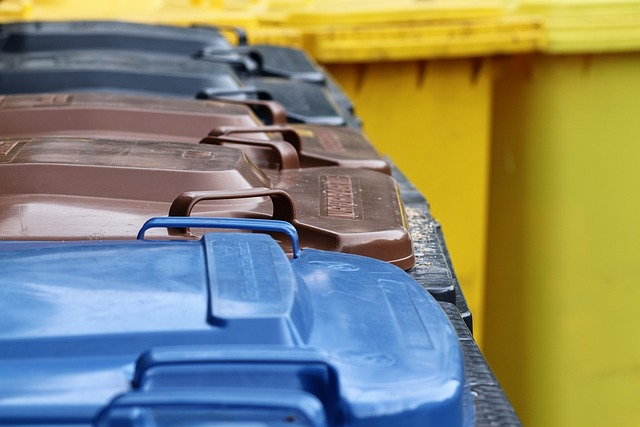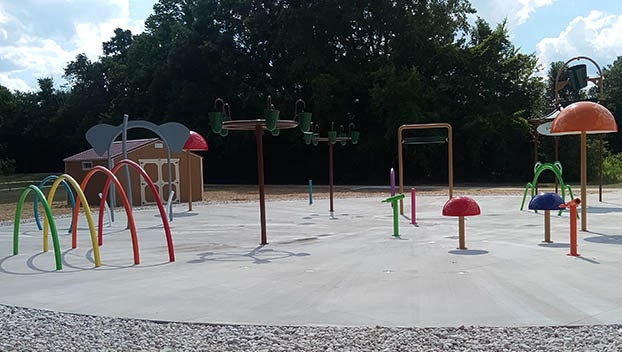Looking at landfill impact: Green Ridge host agreement Pt. 2
Published 12:17 am Saturday, July 26, 2025
|
Getting your Trinity Audio player ready...
|
On Wednesday, we looked at some of the financial impacts being proposed in the updated Green Ridge agreement. Now we’re going over some of the environmental impacts and other adjustments.
But first, a quick reminder for any new readers what we’re talking about. This involves a requested conditional use permit for the proposed Green Ridge landfill in Cumberland COunty. The previous conditional use permit for the project, originally approved in 2018, expired in June without any construction done over that seven-year period. This is for a new one to replace it, which would allow 104 acres out of the 1,177 acre site to be available for active dumping.
Originally, a public hearing on the Green Ridge project was set for June. However, Cumberland officials postponed it, saying that negotiations were still ongoing as far as what the conditional use permit and host agreement would include. Now we get an idea of what came out of those negotiations.
What’s changing with Green Ridge?
Trending
One thing that’s different about the new permit is how much trash on average can be brought in. The original agreement back in 2018 allowed for up to an average of 5,000 tons of solid waste per day. That drops in this version to an average of 3,500 tons. This drop comes with a caveat, however. The 3,500 ton number can be increased “with the approval of the Board of Supervisors by an amendment, in writing, of this agreement.” So if a board majority in the future was asked to and agreed to increase the amount of trash allowed each day, that would be within the rights given in the deal.
One of the biggest arguments around this document has been where the trash will come from. The 2018 version allowed Green Ridge to bring in trash from areas within a 500-mile aerial radial distance. Also, disaster waste could be accepted from anywhere within the continental United States. The new version is stronger as far as the language. It states that “except for waste delivered directly from Cumberland County, Powhatan County, Buckingham County, Prince Edward County, Farmville, Goochland County, and Chesterfield County, only waste originating from transfer stations or residual waste from recycling facilities located in the Commonwealth of Virginia is permitted to be deposited at the Facility.”
No trash from transfer stations or recycling facilities outside of Virginia or any that is shipped, hauled or delivered from outside the Commonwealth would be allowed.
However, a point that’s been raised multiple times is how would people know if the trash was hauled in from somewhere else and then transferred to a station in the Commonwealth. There’s no real way in this document to trace where the trash is coming from, aside from where the trucks came.
Finally in this section, we turn toward the convenience center. This is something Green Ridge has been promising since the original document, a place where Cumberland residents can take certain items to toss away. The original document required the center to allow household waste, recyclable material and tires, with Green Ridge allowed to charge for the tires and set the price. That changes in the current version.
The current agreement allows for free disposal of household waste, motor fluids and recyclable materials. Tires can also be disposed, with a price cap in place. Green Ridge can’t charge more than 150% of the actual cost of disposing the tires. Also, the center will be required to accept small amounts of construction and agricultural waste.
Impact on the environment
Trending
So how would Green Ridge monitor the impact the landfill has on the environment? As part of the siting agreement, the company is responsible once a year to provide split samples of both air and water. The county will have the samples independently analyzed by a lab accredited by the Virginia Environmental Laboratory Accreditation Program and Green Ridge will pay for those costs.
But what about neighboring properties? The hosting agreement calls for Green Ridge, within 90 days of approval, to mail written notice to all landowners that are within 2,000 feet of the Disposal Unit Boundary and downgradient. In other words, landowners that are basically downstream, if you will, from the disposal unit boundary. They will be alerted that a disposal unit (landfill) is within 2,000 feet.
If any chemical in the landfill monitoring exceeds the Virginia Department of Environmental Quality’s Groundwater Protection Standards, Green Ridge will then be required to test those private “downstream” wells, to make sure there is no contamination.
And now we come to odor. The company agrees to control odor both at and around the landfill property. They’re also required to control and minimize any litter along the routes trucks will use to deliver trash. As part of the odor control, Green Ridge won’t accept sludge of any kind. Beyond that, the company is required to put together an odor management plan and give a copy to the county, while also getting it approved by the state.






